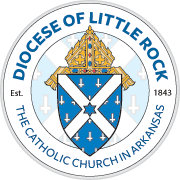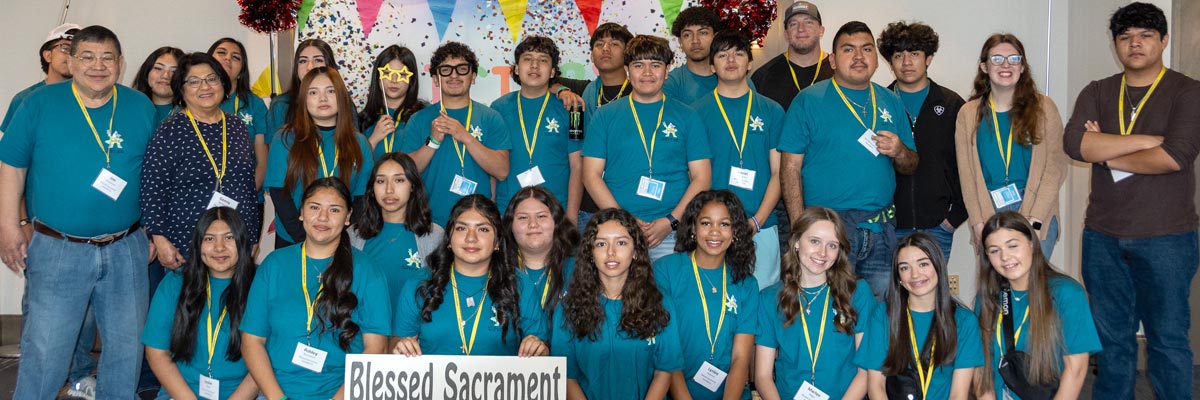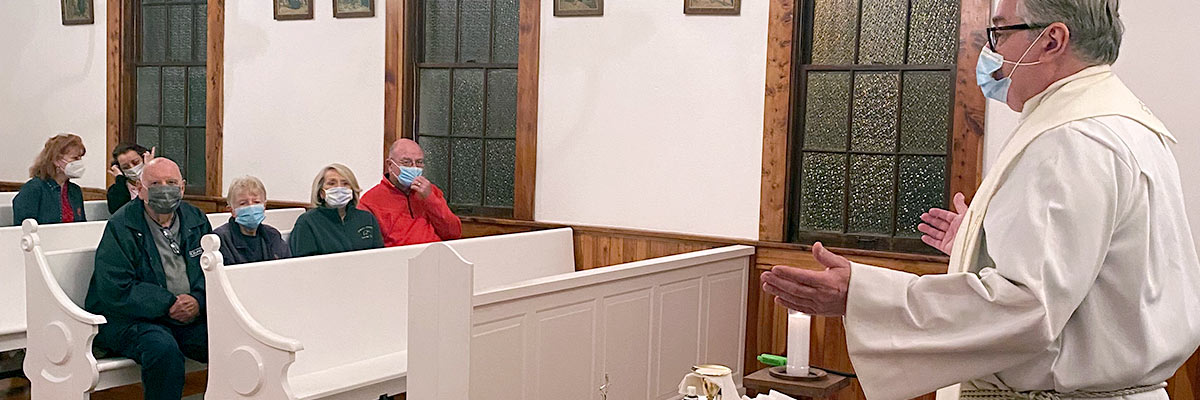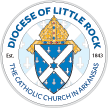Official Website of the
Catholic Diocese of Little Rock
Twenty-second Sunday in Ordinary Time
Published: August 30, 2025
Bishop Anthony B. Taylor preached the following homily Aug. 30, 2025, at St. Edward Church in Little Rock.
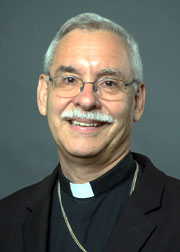
Bishop Taylor
Since many of you have just finished attending a workshop on the liturgy and in the spirity of the words of praise in our responsorial psalm, I thought today I would offer some of my own observations regarding the liturgy and the role of the choir, and here I would make three points:
1) Hymns cover movement
2) No applause, and
"...there should be no applause after any liturgical song or instrumental piece, no matter how beautifully done."
3) Mass parts have priority
• Hymns cover movement, entrance, offertory, Communion and recessional. This means that when the movement stops, it is time to end the song. For instance, once the priest arrives at his chair following the entrance procession. Sometimes the song ends too soon, say when the altar is being incensed. If so, you could repeat part of the Entrance Hymn. Sometimes the priest arrives at the chair sooner than expected, if so you should finish the verse you are on and end it just there — unless the hymn is about the Blessed Trinity. We should not drop a verse about the Holy Spirit if we have just finished verses about the Father and the Son.
The entrance and recessional hymns should be upbeat and well-known to the congregation. The entrance hymn expressing the joy of gathering to worship and the recessional expressing the joy of being sent forth to bring the Good News to the world. The offertory hymn should reflect the congregation’s gift of self to the Lord and end when the collection ends and the priest has reached the prayer over the offerings. The communion hymn should reflect the Lord’s gift of self to us and end when the last person has received Communion.
It is generally much smoother for the choir to receive Communion before the rest of the congregation rather than afterwards. Meditation hymns or instrumental music are for when there is no movement, say in a quiet time after Communion.
• Liturgical music is prayer, not performance. Therefore, there should be no applause after any liturgical song or instrumental piece, no matter how beautifully done. If the choir or organist is to be praised and applauded, this should be done at the time of the announcements when we express gratitude to various groups in the parish. Applauding after a song — especially a meditation song or organ piece — turns what should be a prayer into a performance, redirecting us from the Lord whom we praise in song to the choir praising him. Clapping along with the music is different from clapping at the end of a performance.
• When it comes to what to sing and what to recite, we should remember that the Mass parts have priority and so these should be well known to the congregation and sung by them, with the choir or cantor taking a leading role: The Mass parts are the Kyrie (Lord have mercy), the Gloria, the responsorial psalm, the Alleluia, the Sanctus (Holy, holy, holy), the Memorial Acclamation, the Amen and the Agnus Dei (Lamb of God).
Anyway, these are some thoughts I would like to share with you today, and I hope I haven’t contradicted anything you were taught in today’s workshop. But here are my three points today: 1) Hymns cover movement, 2) No applause, and 3) Mass parts have priority.
